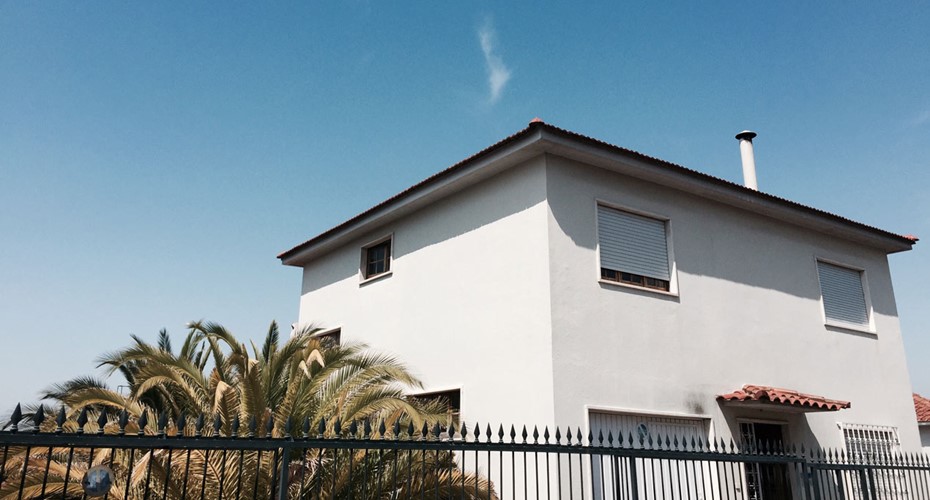What to know when buying or selling a leaky house


Post by John Bolton - Squirrel Founder
Most Kiwis these days understand the risks associated with leaky homes. However, we still find immigrants who don’t fully appreciate the stigma and history attached to these properties. Afterall, on the surface they can look like amazing value for money and sometimes are.
This article is written for prospective homebuyers, but it is also an important reference point for leaky home owners trying to sell. Plaster houses are harder to sell and will sell for 10%-15% below what an equivalent weatherboard house would sell for.
Fundamentally, the leaky issue rests with plaster rendered monolithic cladding which became popular in the 1990s. The cladding system can leak if not installed correctly or if it's not properly maintained.
This in itself wouldn’t be a major problem except for two compounding issues. Up until 2004 this type of cladding was often direct fixed to framing. Any water ingress could become trapped between the cladding, and the framing and germinates mold. To make matters worse, between 1998 and 2004, houses were built with untreated framing that can easily rot if constantly exposed to water.
Design flaws
In addition to the cladding itself there are often design flaws with the plaster ‘look’ that can increase risks.
The most common is insufficient ground clearance. Rain can bounce off the ground up into the cladding. These days there must be a ten-centimeter gap between ground level and the cladding but that hasn’t always been the case. With early examples of cladding, some homes have no gap with concrete or tiles running up against the cladding.
Decks can be high risk (and potentially dangerous) if they allow water to pool, are made with untreated framing, if direct fixed to the cladding, and/or have joint movement where they connect to the house. Decks over living spaces are high risk due to the number of possible flaws.
Flat roofs and roof to wall junctions are at higher risk of leaks, along with windows that do not have flashings, and deck handrails. Basically, any design element that could let water penetrate the cladding and get into the framing is a risk.
Stigma
If a plaster house is not currently leaking, it doesn’t mean it won’t leak in the future so it should always be considered higher risk. It’s very important to maintain them and for them to be regularly painted with an elastomeric paint.
Typically getting an approval out of a bank will be tougher for a plaster house. At the very least they will require a building inspection and probably a registered valuation. And, they will unlikely lend over 80 percent.
The stigma of a plaster home won’t go away. As the number of monolithic plaster houses decreases, it will become harder to find buyers. They will take longer to sell and require higher discounts.
There will be times that buying a plaster house makes sense, for the right price. It’s a matter of doing your due diligence, properly assessing the risks, and getting finance approved. The safe option when buying is to factor in a reclad in the future. In the meantime, you might get a perfectly good house at a good price.
Receive updates on the housing market, interest rates and the economy. No spam, we promise.
The opinions expressed in this article should not be taken as financial advice, or a recommendation of any financial product. Squirrel shall not be liable or responsible for any information, omissions, or errors present. Any commentary provided are the personal views of the author and are not necessarily representative of the views and opinions of Squirrel. We recommend seeking professional investment and/or mortgage advice before taking any action.
To view our disclosure statements and other legal information, please visit our Legal Agreements page here.


